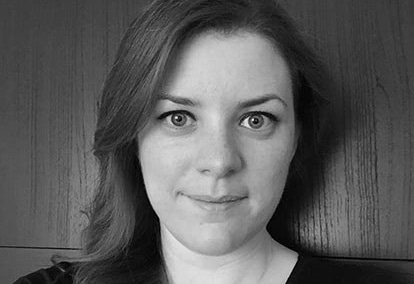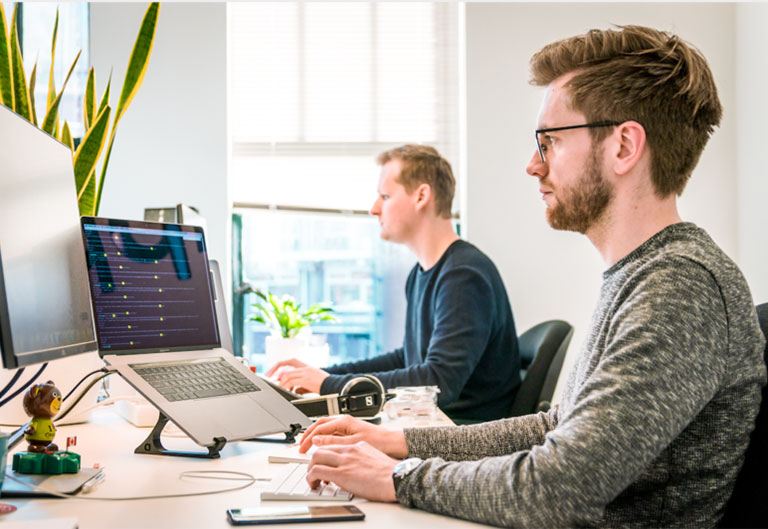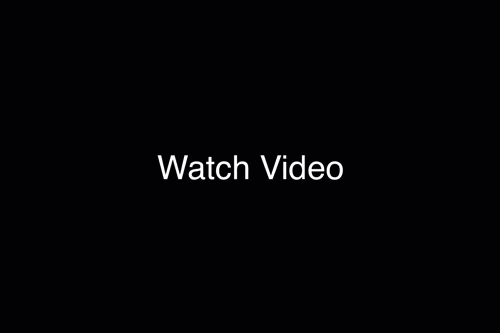This Course is For You If;
And..
Enroll in this course to learn…
- Key manufacturing technologies – such as organic chemical synthesis, biopharmaceutical manufacturing, tablet manufacturing and aseptic & sterile manufacturing
- Purified water generation – storage and distribution that underpin aseptic/sterile processing
- Clean steam – water for injection, storage and distribution that underpin aseptic/sterile processing.
- Instrumentation process control design – for the generation and distribution of clean utility systems.
- Cleanroom layout design – layout and classification along with the environmental controls pressure profiles
- Aseptic processing – lyophilization and how vials are filled in an aseptic environment
- Quality systems – for cleanrooms for both EMA and FDA guidance on aseptic processing.
You’ll produce a number of deliverables throughout the program including…
- Complete 8-question booklets (one for every week’s worth of content) which will summarise what you have learnt for the week and ensure you retain and understand the information.
- Complete an end of module assignment to include the following:
- Sketch and label process flow diagrams illustrating typical biopharmaceutical unit operations for the sequential manufacture of both drug substances and drug products.
- Describe process support and utility systems encountered on a typical biopharmaceutical facility
- Sketch and describe the configuration of a hypothetical cleanroom environment for aseptic processing (e.g. for vial filling operations).
- Describe the similarities and differences between pharmacopoeia grade purified water (PUW) and water for injection (WFI).
And take the following skills and knowledge back to work…
- You’ll have a strong foundation in how safe medicines and medical devices are made in a GMP regulated manufacturing environment.
- You’ll understand the air, clean water and steam systems that underpin aseptic/sterile processing.
- You’ll understand cleanroom layout design, layout and classification and the environmental controls pressure profiles
- You’ll have the technical knowledge and understanding of the quality culture necessary to work in this environment
Minimum Entry Requirements
- You have worked in a GMP Regulated Pharmaceutical or Medical Device manufacturing environment.
Hear From People Who’ve Taken This Course

Renato Chato
“This course was very informative and could greatly enhance our knowledge and understanding on Pharma Manufacturing practices (GMP, GDP, etc.). The training experience was great and details were clear. Keep it up, guys!”

Michael Cheong Yim Poh
“Once you tune in your mind set to studying online, it’s a great way to learn as you manage the pace yourself.”
Delivered by an Industry Expert
Dr. Joe Brady
Full-Time Validation Lead
Lecturer, Technological University Dublin, Ireland
Senior Associate, DPS Education
Dr. Joe Brady is a full-time practicing Validation Lead and an assistant lecturer with Technological University Dublin (TU Dublin), in the School of Chemical and Pharmaceutical Sciences. Joe is a certified trainer and highly experienced in competency-based training. He designs and prepares educational modules and full academic programs ranging from MSc, MEngSc. BSc, to Certificate level, for a range of academic institutions.
He is also a supervisor for MSc/MEngSc and PhD theses. Joe has over twenty years of project experience in the pharmaceutical, biopharmaceutical and medical device industries in Singapore, China, Ireland, The Netherlands, Belgium, France, and the USA.
Meet Your Online Classroom Support Team
When you learn at GetReskilled, you can always rely on an in-house team of experts to provide guidance and support, whenever you need it.
Course Leaders

Your Course Leaders will onboard you on the program, and help keep you motivated throughout the course.
Course Coordinators

Your CC’s are here to provide you with answers, tips, and are going to check your progress weekly to keep you on track and will reach out to you by email or even by phone if you fall behind!
If you’re spending money on an education program, make sure you choose one you’ll finish!
With every GetReskilled ONLINE program;
- We use one centralized platform (Moodle) where you can log into your classroom anytime. Each week, you’ll watch videos and complete a series of quizzes, tests, interactive activities, and projects. The course materials are available 24/7 and nothing requires you to be online at a specific day or time. i.e there are NO ZOOM classes and NO WEBINARS! Study anywhere, anytime, for example after the kids have gone to bed or on the weekend.
- Your working schedules are unpredictable so we offer flexible delivery. Slow down, speed up or pause the delivery of the program.
- We release only one week’s worth of material at a time and then MANUALLY check your activity logs at the end of every week to make sure that you are keeping up with your work.
- You’ll have a dedicated course leader who will email or telephone you if it looks like you’re starting to fall behind. They will work with you to develop a study plan to get you back on schedule and finish the course.
This all helps us to spot any potential issues early and helps you completely finish the program.

Your 10-Week Class Schedule
Your Class Director will check your study logs and only will release subsequent week’s materials to you if you have been logging in for more than 10 hours per week.
And he or she will proactively follow up with you to keep you on track.
Show Off Your New Skills: Get a Certificate of Completion
Complete all assessments and the end of module written assignment to receive a Certificate of Award in “Principles of Pharmaceutical Facility Design“.
Add details of your certificate to your CV/Resume or your LinkedIn profile.

Frequently Asked Questions
Price
S$1,299/month
For 3 Months
S$3,499 in Advance
Save S$398
Try Us Risk FREE for 7 Days 100% Money Back Guarantee.
Application Deadline: Wednesday 9th July
Course Starts: 16th July
Start Your Application
Click below to start your application.
Contact Us
Singapore
Call Geraldine: +(65) 6513 9500
Got More Questions?
Great, fill out the form below.
Or chat with us via the blue chat bubble in the bottom right corner of the page. We’re always happy to help!


